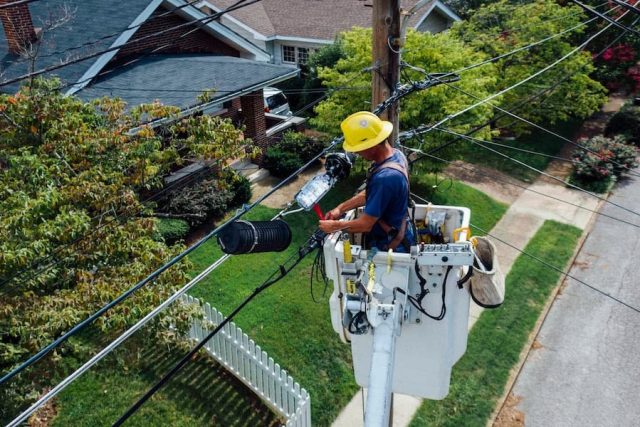Commercial and industrial facilities across the country rely on complex electrical systems not just to keep the lights on but also to provide power for everything from walk-in refrigerators and freezers that keep food fresh to industrial machinery used to manufacture essential goods. When that kind of equipment must be taken offline for repairs, it can cost the company a good deal of money.
The problem is that all electrical equipment, no matter how vital, is subject to wear and tear. This can lead to electrical faults and failures. Thankfully, thermographic inspection services can prevent these failures and make it easier to keep essential machinery and equipment up and running.
What Are Thermographic Inspections?
Thermographic inspections utilize an advanced technology known as infrared thermographic imaging or thermography to identify potential issues without having to take equipment offline and take it apart. Thermographic cameras identify faults by taking non-invasive temperature readings of various electrical components and connections. A skilled thermographer can analyze images taken over time and compare thermal patterns to accepted standards to identify issues before they become evident to equipment operators.
Types Of Issues Identified Through Thermography
Thermographic inspections are usually performed once a year. During these inspections, the thermographer looks for issues such as:
- Hotspots
- Inappropriate operational temperatures
- Cooling problems
- Electrical overloads
- Loose or contaminated connections
- Improperly sized wires
- Frayed wires and conductors
- Load imbalances
- Faulty electrical components
If the thermographer is also a certified electrician, they may be able to resolve the underlying problem on the spot. Otherwise, the inspecting technician will give a comprehensive report to the facility manager that includes not just easy-to-understand images but also a list of any potential problem areas that can then be addressed by a professional electrician.
How Thermography Saves Companies Money
Since it costs money to hire a professional thermographer, most businesses want proof that this preventative maintenance practice will save them money. Thankfully, thermography as a practice has been around for long enough now that its money-saving benefits have become quite evident. They include:
Detecting Issues Before They Lead to Catastrophic Failures
Replacing a complex piece of electrical equipment is very expensive. Addressing one minor underlying issue before it becomes serious enough to cause catastrophic electrical failures is not. Thermography is the best way to identify minor problems before they go on to create more expensive malfunctions.
Reducing the Need for Equipment Downtime
When electrical failures occur out of nowhere, the equipment must be taken offline until it can be fixed and put back into safe operation. This costs businesses additional money in the form of lower production rates. Thermographic inspections help to prevent equipment downtime not just by reducing the need for extensive repairs but also by replacing more invasive preventative maintenance techniques.
Improving Workplace Safety
Conducting routine thermographic inspections can also save companies money indirectly by improving workplace safety, thus reducing the risk of costly accidents. Keeping workers safe by identifying and resolving potentially hazardous electrical issues before they create hazardous conditions helps to prevent both unnecessary injuries and the workers’ compensation claims that are the usual result of them.
How To Choose A Thermographic Inspector
The best thermographic inspection companies make sure that all of their technicians are also certified electricians. That way, clients can rely on the same team of experts to resolve electrical issues in addition to detecting, monitoring, and recording them. A good thermographic inspector will be certified, insured, and experienced in the field, and the company they work for will always put customers first.














